What's the Most Famous Churches around the world! Discover Churches Prayer and Society?
Basilica of Bom Jesus is a big and one of the oldest church in India which was constructed during the Portuguese rule in Goa. Bom Jesus means good Jesus or infant Jesus and the church is dedicated to him. The construction of the church was started in 1594 and ended in 1605. The church was declared as sacred in1605 by Alexio de Menezes.
Saint Francis Xavier
Saint Francis has been buried in the church. He died in Sancian island or Shangchuan island when he was going to China. His body was taken to Portuguese Malacca but after two years it was brought to Goa. It is said that the saint’s body was fresh when it was brought to Goa.
The construction of the Duomo of Milan began in 1386 and ended in 1965, it took place in the same location where the St. Ambrose basilica was located since the 5th century to which in the year 836 the Basilica of St. Tecla was added and destroyed by a fire in 1075. The construction of the Cathedral Visconti with the aim of renovating the area and celebrate the policy of territorial expantion of the Visconti.
The construction of the cathedral took place over a period of five centuries during which different architects, sculptors and artists made their professional contribution in the famous "Fabbrica del Duomo" (Cathedral Factory) which was an institution composed of 300 employees leaded by the architect Simone da Orsenigo. Galeazzo granted to the Factory the exclusive use of the marble of the quarry of Candoglia and exonerated the payment of taxes.
In 1389, the Frenchman Nicolas de Bonaventure was appointed chief architect giving the cathedral a strong Gothic imprint. Thus, the exterior of the Cathedral is covered in pink white marble as well as the top that finishes with an infinity of pinnacles and towers crowned by statues that contemplate the city. Giuseppe Perego sculpted a golden copper statue in 1774 that was located at the highest point of the temple and is known as the Madonnina which became the symbol of Milan.
This impressive project resulted in a unique architectural work, which fuses the international Gothic style with the traditional Lombard architecture.
Notre-Dame Cathedral
St. Peter’s Basilica holds the title of largest church in the world which is located within Vatican City with the height of 137 meters (450) feet and a dome of diameter 41 meters (136 feet).
For centuries, churches have served as powerful symbols of faith, architectural marvels and expressions of human accomplishment. As time has passed, these sacred structures have evolved in both size and magnificence, often emerging as iconic focal points in numerous cities across the globe. In this article, we will embark on a journey to unveil the largest church in the world, each with its own distinctive narrative, architectural design and profound cultural importance.
St. Peter’s Basilica holds the title of largest church in the world which is located within Vatican City with the height of 137 meters (450) feet and a dome of diameter 41 meters (136 feet).
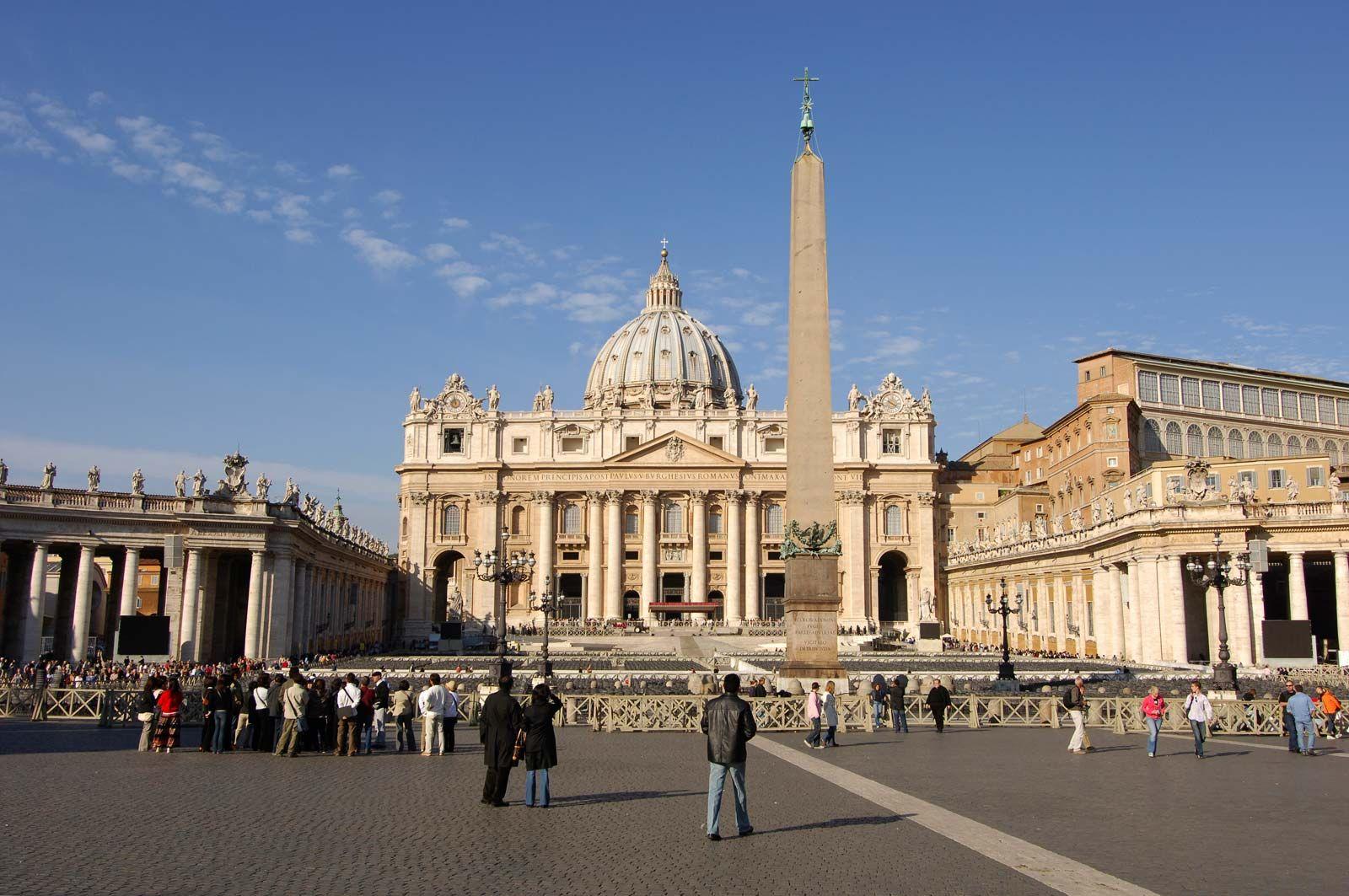
Area: Interior- 15,160 sq. m; Exterior: 21,095
Volume: 1,600,000 cu. m
Capacity: 60,000 standing or 20,000 seated
Built: 1506-1626
City: Vatican City
Country: Vatican City
St. Peter’s Basilica in Vatican City holds the title of the largest church in the world, boasting an internal area of 15,160 sq. meters (163,181 sq. feet). This iconic Roman Catholic structure, constructed by Emperor Constantine in 320 AD and redesigned by Pope Nicholas V in the 15th century, is a pivotal site for Catholicism and a major tourist attraction in Rome. With a capacity of 60,000 people, it spans 186 meters (610 feet) in length and features a dome that soars to 136 meters (446 feet). St. Peter’s Basilica houses numerous renowned works of art, including Bernini’s Baldacchino and Michelangelo’s Pieta.
Second Largest Church in the World: Cathedral Basilica of Our Lady Aparecida

Area: Interior- 12,000 sq. m; Exterior- 18,331 sq. m
Volume: 1,200,000 cu. m
Capacity: 45,000 standing or 30,000 seated
Built: 1955-1980
City: Aparecida
Country: Brazil
The Cathedral Basilica of the National Shrine of Our Lady Aparecida is a significant Roman Catholic basilica in Aparecida, Brazil, dedicated to Our Lady Aparecida, the primary Patroness of Brazil. It is the world’s second-largest Catholic church in terms of interior area, following St. Peter’s Basilica in Vatican Church.
World’s Third Largest Church: Milan Cathedral
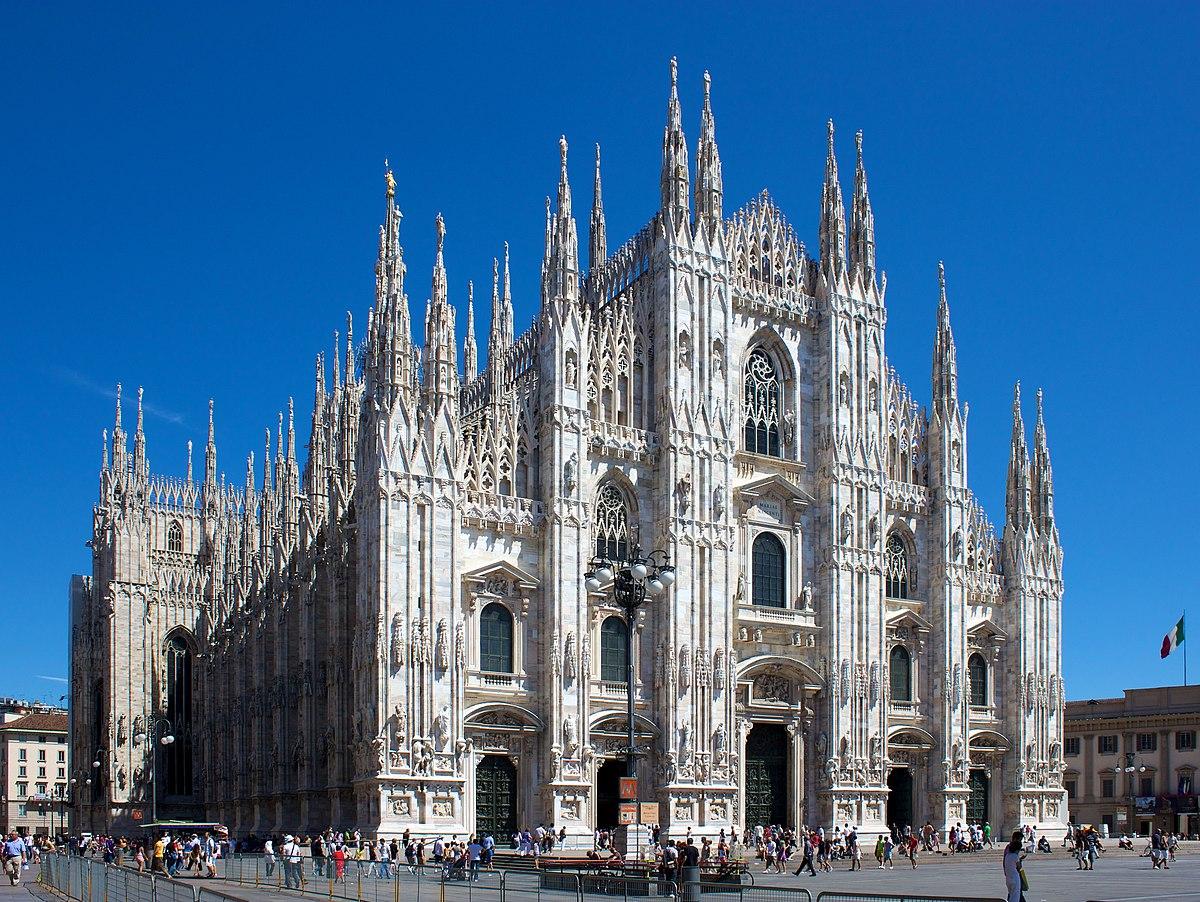
Area: 11,700 sq. m
Volume: 440,000 cu. m
Capacity: 40,000
Built: 1386-1965
City: Milan
Country: Italy
The Milan Cathedral, or Duomo di Milano, is the cathedral church of Milan, Italy, dedicated to the Nativity of St. Mary. Construction began in 1386 and concluded in 1965, taking nearly six centuries to complete. It is the largest church in Italy and one of the world’s largest church.
Seville Cathedral
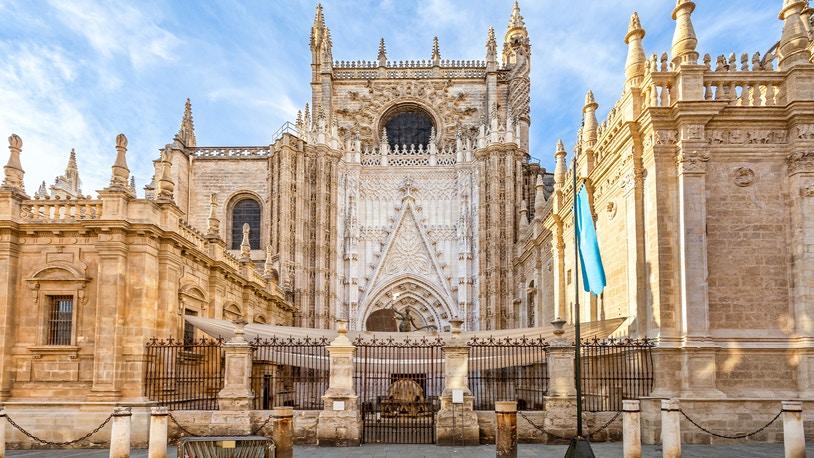
Area: Interior- 11,700 sq. m, Exterior- 23,500 sq. m
Volume: 500,000+ cu. m
Built:1401-1528
City: Seville
Country: Spain
Seville Cathedral, also known as the Cathedral of Saint Mary of the See, is a UNESCO World Heritage Site in Seville, Spain. It is one of the world’s largest churches and a remarkable example of architectural grandeur, accompanied by the Alcazar palace and the General Archive of the Indies.
Mosque- Cathedral of Cordoba

Area: 23,400 sq. m
Capacity: 20,000
Built: 785-1607
City: Cordoba
Country: Spain
The Mosque-Cathedral of Cordoba, officially named the Cathedral of Our Lady of the Assumption, is a unique religious building in Andalusia, Spain. Often called the Mezquita or Great Mosque of Cordoba, it showcases a rich history as a former mosque and a Catholic cathedral.
Cathedral of St. John the Divine
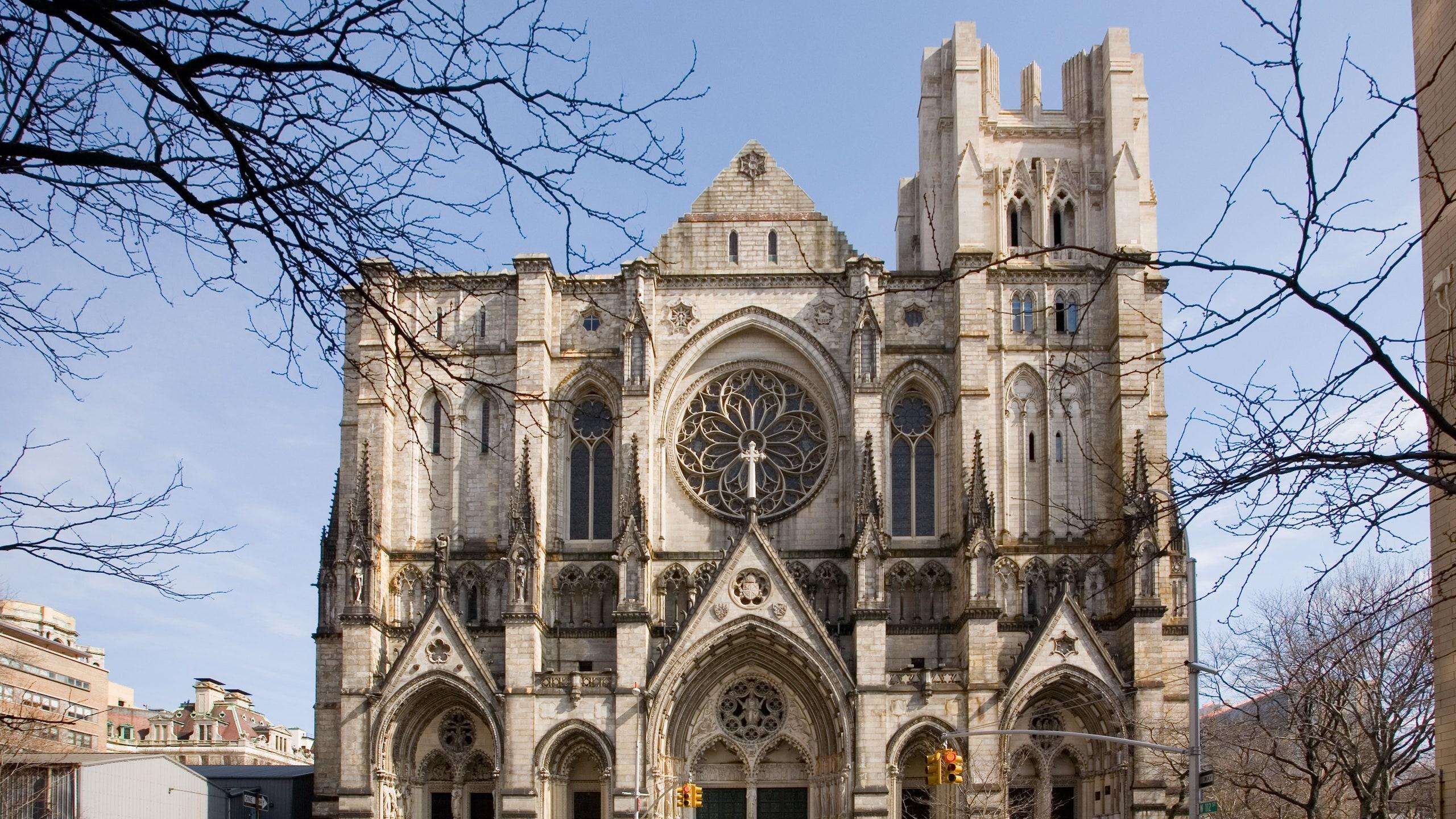
Area: 11,241 sq. m
Volume: 480,000 cu. m
Built: 1892
City: New York
Country: United States
The Cathedral of St. John the Divine, often called St. John the Unfinished, serves as the Episcopal Diocese of the New York’s cathedral. It stands in Manhattan’s Morningside Heights, New York City.
Basilica of Our Lady of Lichen
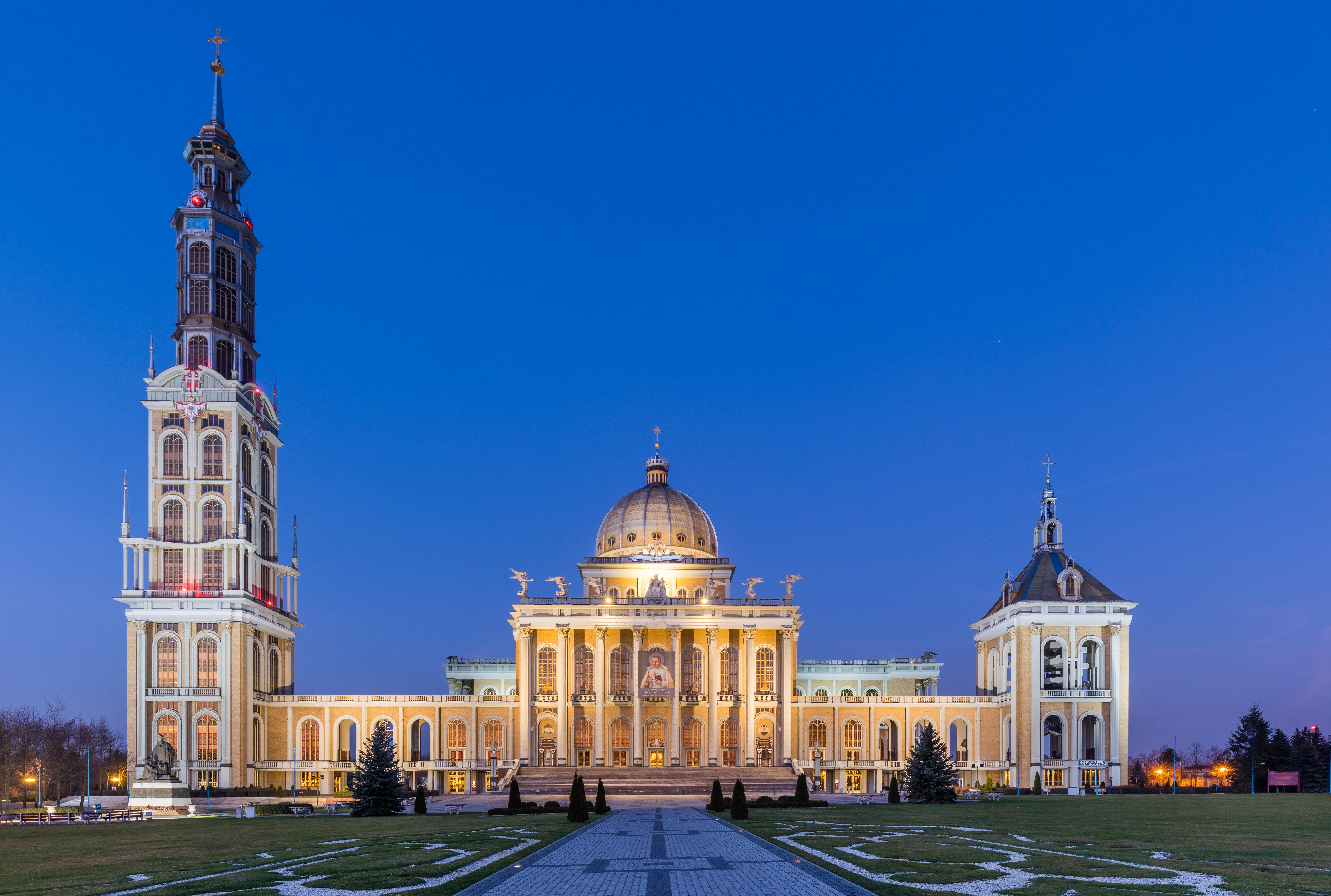
Area: 10,090 sq. m
Volume: 300,000 cu. m
Built: 1994-2004
City: Lichen Stary
Country: Poland
The Basilica of Our Lady of Lichen, in Lichen Stary near Konin, Poland, is a significant Roman Catholic church. Designed by Barbara Bielecka and constructed from 1994 to 2004, it stands as one of the world’s tallest and largest churches, with a towering height of 141.5 meters. Funding primarily came from pilgrims’ donations.
Liverpool Cathedral
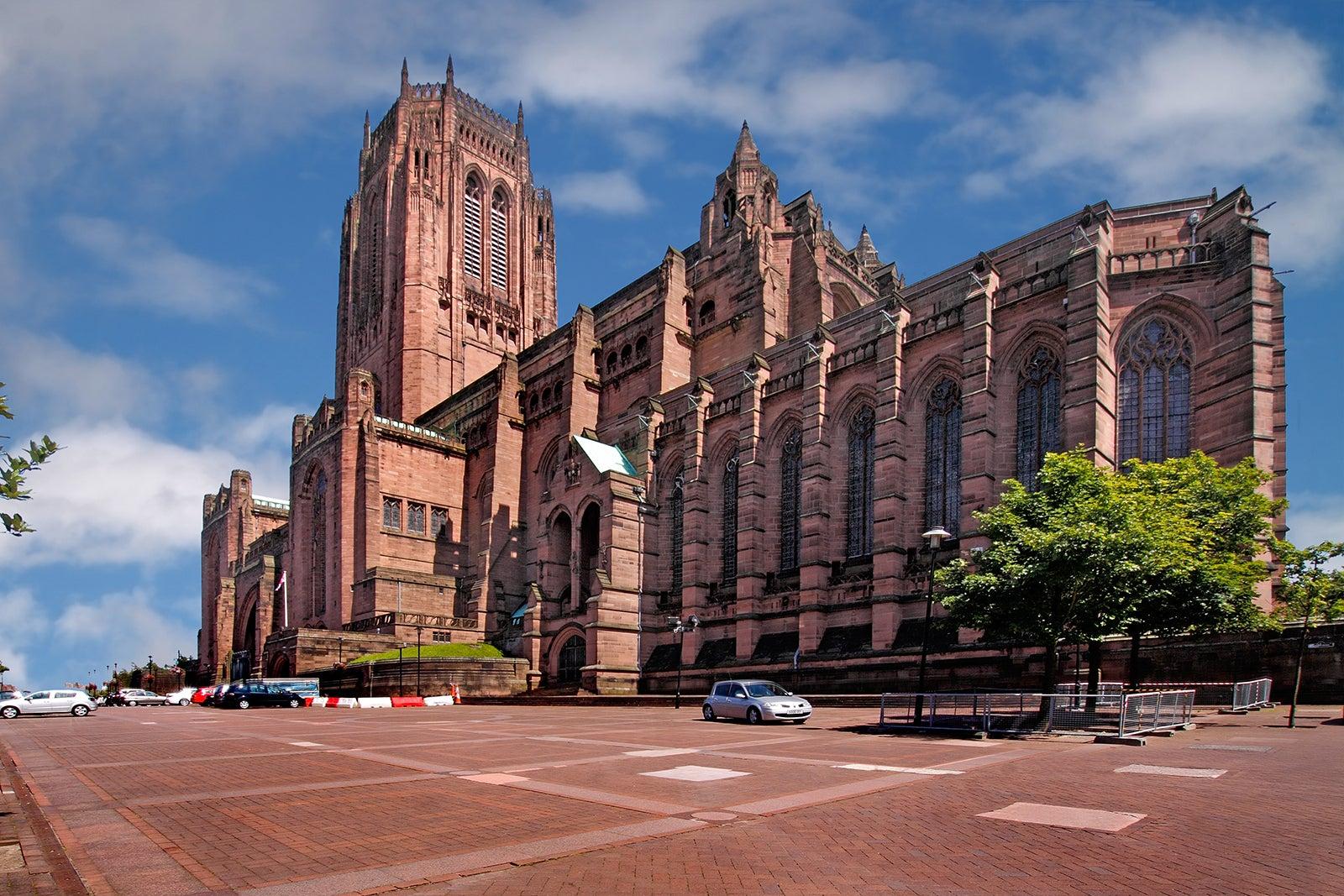
Area: 9,687
Volume: 450,000+ cu. m
Built: 1904-1978
City: Liverpool
Country: United Kingdom
Liverpool Cathedral, the Anglican Diocese of Liverpool’s seat, is situated on St. James’s Mount. Also known as the Cathedral Church of Christ in Liverpool or the Cathedral Church of the Risen Christ, it is the largest cathedral and religious structure in Britain and the eighth largest church in the world.
Basilica of the Holy Trinity
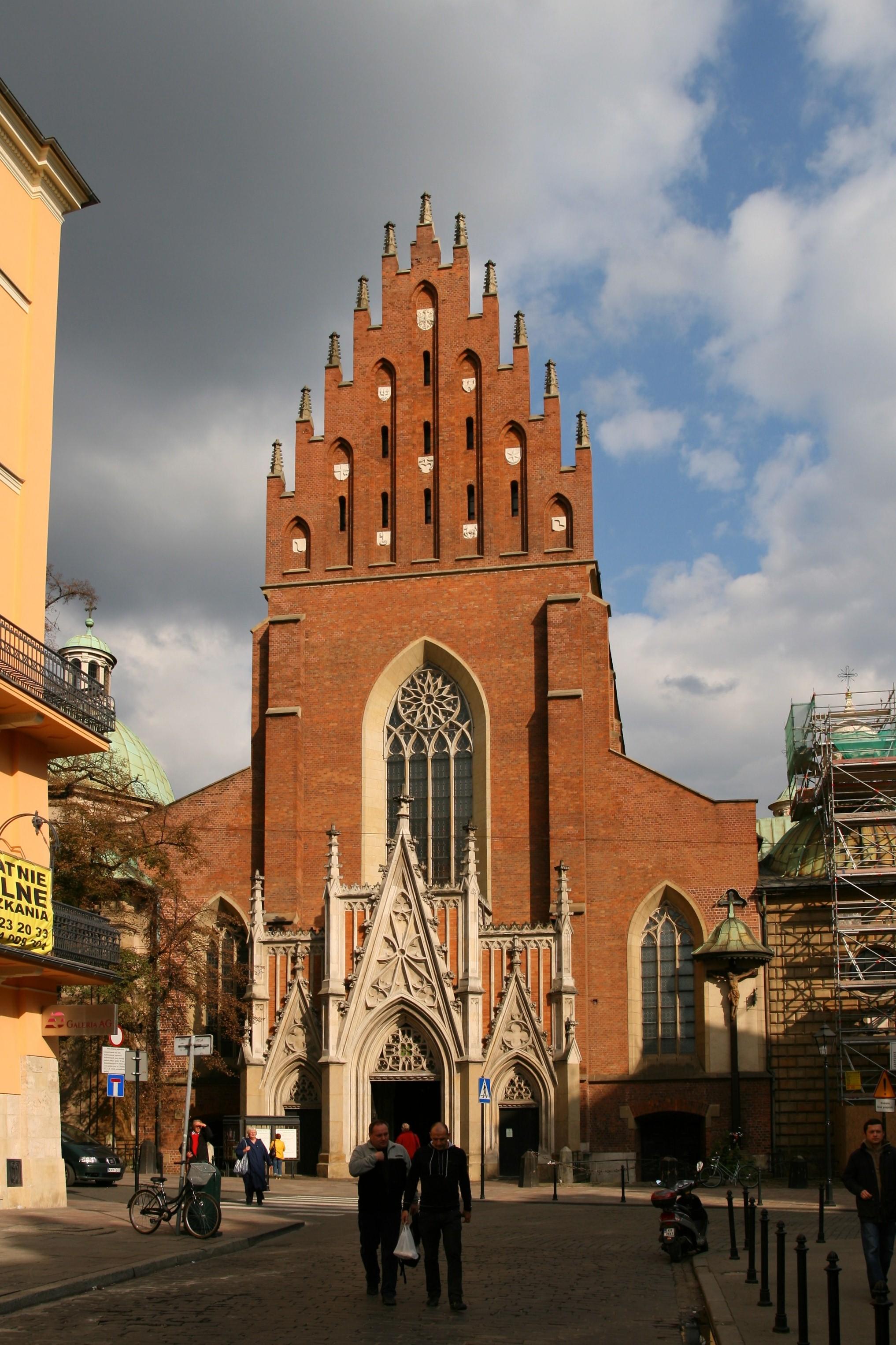
Area: 8,700 sq. m
Volume: 130,000 cu. m
Built: 2004-2007
City: Fatima
Country: Portugal
The Basilica of the Holy Trinity is a Catholic church in the Sanctuary of Fatima, Portugal, dedicated to Our Lady of Fatima. Notably, it received the 2009 Outstanding Structure Award from the International Association for Bridge and Structural Engineering for its remarkable and innovative design.
Basilica of Saint Paul Outside the Walls
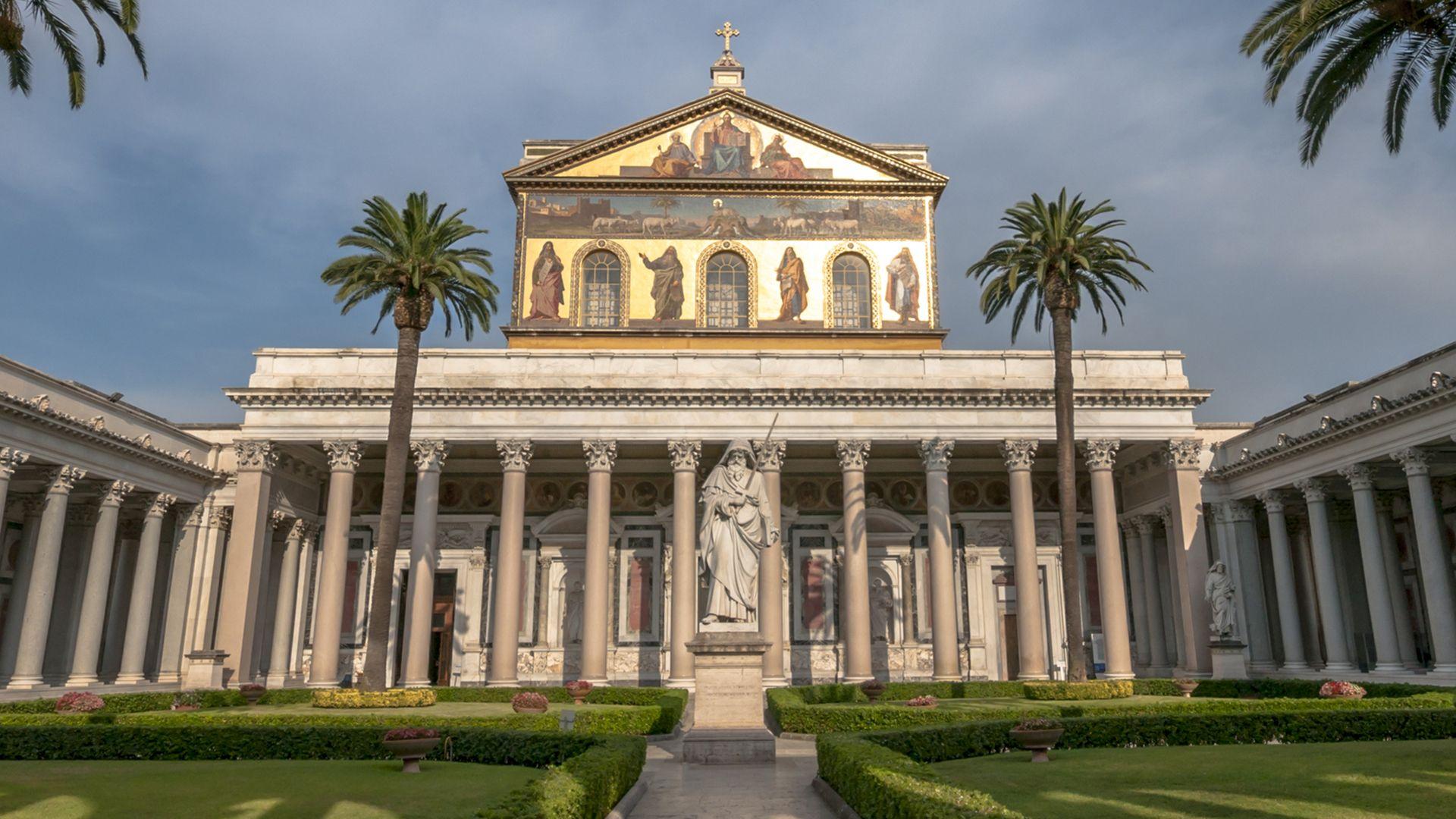
Area: 8,318 sq. m
Built: 1681-1872
City: Zaragoza
Country: Spain
The Cathedral- Basilica of Saint Paul Outside the Walls in Zaragoza, Spain, is a Roman Catholic church dedicated to the Blessed Virgin Mary under the title of Our Lady of the Pillar. It holds historical significance as the first church dedicated to Mary and is associated with the spread of Christianity in Roman Spain. Local tradition attributes it to an apparition to Saint James the Great.
Conclusions
Comments
Post a Comment
"Thank you for seeking advice on your career journey! Our team is dedicated to providing personalized guidance on education and success. Please share your specific questions or concerns, and we'll assist you in navigating the path to a fulfilling and successful career."